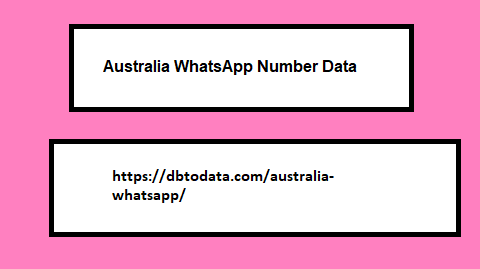Post by account_disabled on Mar 2, 2024 5:59:28 GMT -5
When a company makes decisions based on inaccurate or outdated data, its success rate is likely to decline. This is why it is important to ensure that company data synchronization procedures are optimized. Read on to learn more! What is data synchronization? Data synchronization is the process of consolidating information between different sources, applications and devices to ensure consistency. It is an ongoing process, both for new and historical data. Every company collects and manages data through dozens of different applications. With information coming from so many sources, it's easy for databases to become disjointed and disorganized if they don't communicate with each other. So how can you ensure your company has an effective and optimized synchronization procedure ? We delve deeper into the topic in the following paragraphs. You can click on one of the links below to immediately read the topic you are interested in. Quick links Synchronization terminology Why is data synchronization important? How to synchronize data Data synchronization tools Download the ebook Data synchronization terminology When company data is not optimally synchronized, various problems can arise related to: data silos contradictory or duplicate data low quality or obsolete data excess of data hey.
work in tandem. Synchronization is a type of integration in which data remains consistent between two or more databases and, unlike other integrative processes, has the power to keep databases in continuous communication. The key word is " maintain ", as this is a continuous process between different tools. In short then, data synchronization is a type of integration, but not all integration processes lead to true data synchronization. Synchronization vs. data replication Data synchronization suggests the existence of multiple Australia WhatsApp Number Data copies of updated data. Data replication, on the other hand, suggests that there are two or more complete and identical copies of a set of data. Both terms talk about data sets, but focus on different qualities. Like integration, synchronization can be a type of replication, but not all synchronizations are full replications. Furthermore, the synchronization process can be one-way or two-way , referring to how it takes place. data synchronizationIn the first case, data synchronizes in only one direction, usually within a specific instrument or location. One-way synchronizations are sometimes called " data push ". This happens, for example, with data.

sent to a data warehouse or an application and means that if you automate the passing of data from the application to a desktop folder, the application can modify the folder's data; but if you change the data in the folder, you will not change the data within the application. The other option is two-way synchronization and happens when you have two applications connected, such as Google and Outlook calendars. If you make a change to one calendar, it is also updated on the other and vice versa. This means that there is no single source file to display if something is accidentally changed or deleted. Why is data synchronization important? Data synchronization is essential to create a consistent experience for those who use it. Data has a direct impact on customers, collaborators and stakeholders, making information relating to each category the basis of sales objectives , processes and growth. Being such a fundamental resource, when working with data it is important to consider several crucial aspects, such as: security - data is an invaluable resource. Proper syncing prac
work in tandem. Synchronization is a type of integration in which data remains consistent between two or more databases and, unlike other integrative processes, has the power to keep databases in continuous communication. The key word is " maintain ", as this is a continuous process between different tools. In short then, data synchronization is a type of integration, but not all integration processes lead to true data synchronization. Synchronization vs. data replication Data synchronization suggests the existence of multiple Australia WhatsApp Number Data copies of updated data. Data replication, on the other hand, suggests that there are two or more complete and identical copies of a set of data. Both terms talk about data sets, but focus on different qualities. Like integration, synchronization can be a type of replication, but not all synchronizations are full replications. Furthermore, the synchronization process can be one-way or two-way , referring to how it takes place. data synchronizationIn the first case, data synchronizes in only one direction, usually within a specific instrument or location. One-way synchronizations are sometimes called " data push ". This happens, for example, with data.

sent to a data warehouse or an application and means that if you automate the passing of data from the application to a desktop folder, the application can modify the folder's data; but if you change the data in the folder, you will not change the data within the application. The other option is two-way synchronization and happens when you have two applications connected, such as Google and Outlook calendars. If you make a change to one calendar, it is also updated on the other and vice versa. This means that there is no single source file to display if something is accidentally changed or deleted. Why is data synchronization important? Data synchronization is essential to create a consistent experience for those who use it. Data has a direct impact on customers, collaborators and stakeholders, making information relating to each category the basis of sales objectives , processes and growth. Being such a fundamental resource, when working with data it is important to consider several crucial aspects, such as: security - data is an invaluable resource. Proper syncing prac
